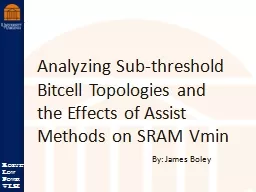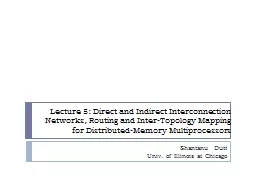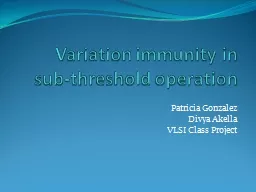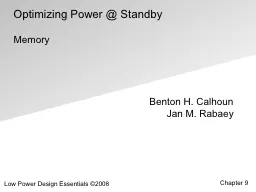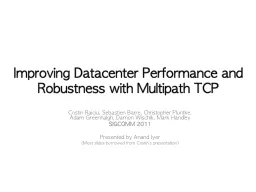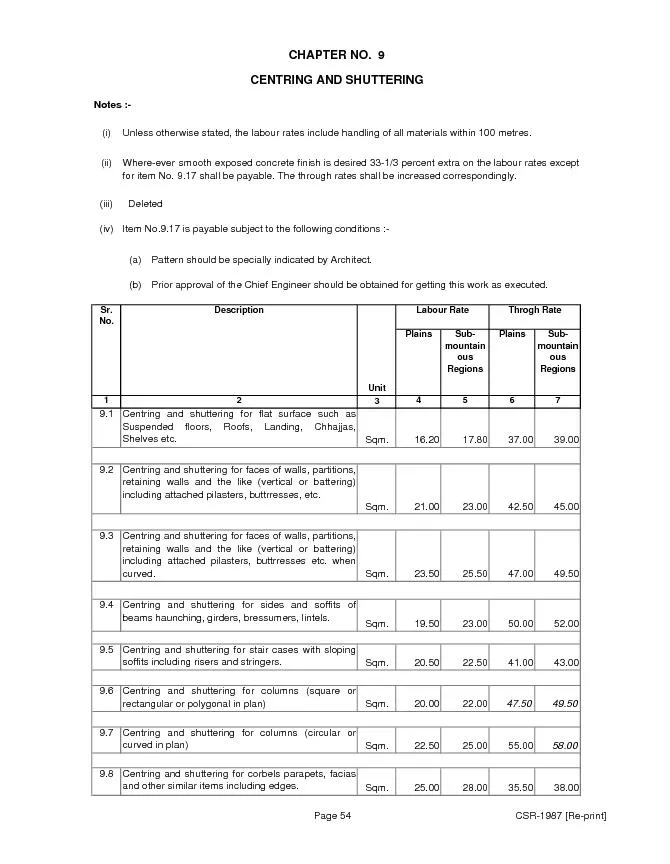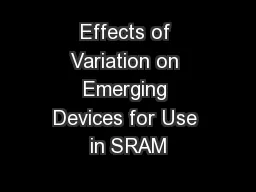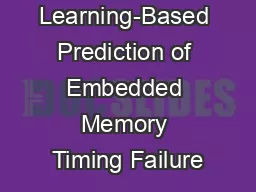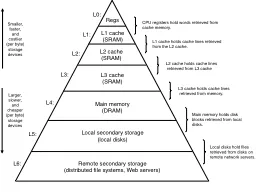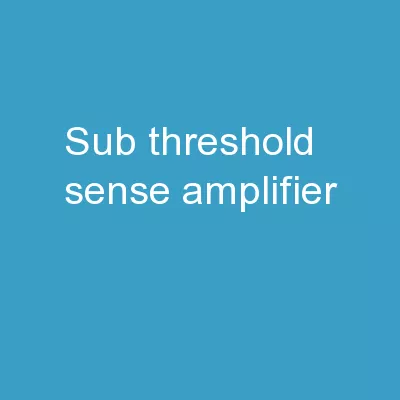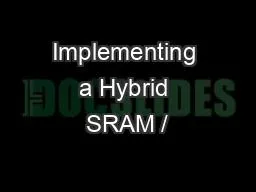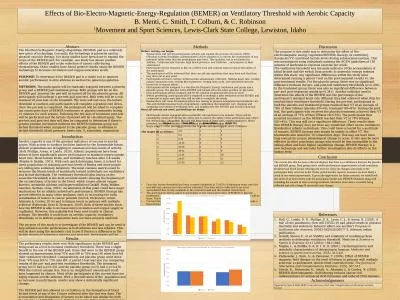PPT-Analyzing Sub-threshold Bitcell Topologies and the Effects of Assist Methods on SRAM
Author : cheryl-pisano | Published Date : 2020-01-30
Analyzing Subthreshold Bitcell Topologies and the Effects of Assist Methods on SRAM Vmin By James Boley Benefits of Subthreshold V DD ltV T Subthreshold benefits
Presentation Embed Code
Download Presentation
Download Presentation The PPT/PDF document "Analyzing Sub-threshold Bitcell Topologi..." is the property of its rightful owner. Permission is granted to download and print the materials on this website for personal, non-commercial use only, and to display it on your personal computer provided you do not modify the materials and that you retain all copyright notices contained in the materials. By downloading content from our website, you accept the terms of this agreement.
Analyzing Sub-threshold Bitcell Topologies and the Effects of Assist Methods on SRAM: Transcript
Download Rules Of Document
"Analyzing Sub-threshold Bitcell Topologies and the Effects of Assist Methods on SRAM"The content belongs to its owner. You may download and print it for personal use, without modification, and keep all copyright notices. By downloading, you agree to these terms.
Related Documents

